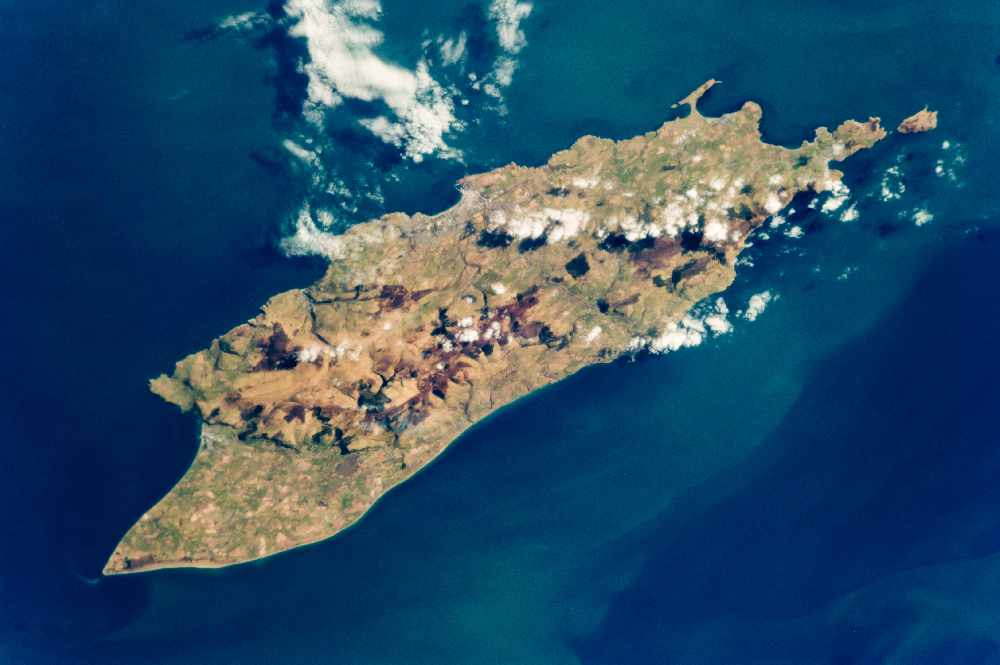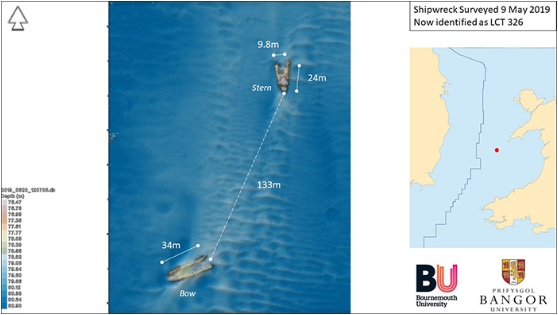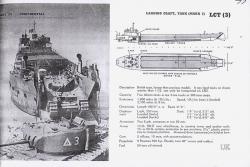
Teams from Bangor and Bournemouth working with MNH
Researchers from both Bangor and Bournemouth Universities have been surveying the Irish Sea, to create a virtual map of maritime wreck sites.
The team are using a multibeam sonar system, which produces high resolution 3D models of the seafloor, to identify objects at near-centimetre scale.
Studies have already been undertaken around Anglesey, and with the help of Manx National Heritage, the research group will soon branch out its efforts into Manx territorial waters.
This part of the project was planned to take place in spring, but was put on hold due to coronavirus restrictions.
Lewis Foster spoke to Dr Michael Roberts, of Bangor University's School of Ocean Sciences, about what the surveys hope to find:

[Manx territorial waters stretch to 12 nautical miles from the coast, a total of around 1,500 sq miles]
Manx National Heritage will work with the researchers by exploring archive information, to help identify sunken vessels.
Thanks to work by the likes of local historian Adrian Corkill, it's believed there are more than 1,400 wreck sites within Manx territorial waters, of which approximately 90 have been identified so far.
The survey vessel to be used in the Isle of Man project is primarily being used for scallop monitoring.
The Curator of Archaeology for Manx National Heritage, Allison Fox, talks about this 'new frontier' of heritage study:
A Second World War landing craft, thought to have sunk near the Isle of Man, was discovered off the coast of Wales by the research team.

[Image: Bangor University, Bournemouth University]
The disappearance of LCT 326 has remained a mystery since 1943, due to conflicting reports of its final sighting.
In the list of Second World War losses, published by the Admiralty in 1946, LCT 326 was listed as 'lost off the coast of the Isle of Man'.
However, documents in the UK National Archives from 1 February report that the flotilla passed the Island at daylight, but was observed still within its convoy at 6.30pm, just north-west of Bardsey Island, Wales, near where the wreckage was recently discovered.
Archival research found it was most likely LCT 326, part of the 7th LCT Flotilla, which set sail on 31 January 1943 under the watch of HMS Cotillion on a transit cruise from Troon, Scotland, to Appledore, Devon.

[Image: plan drawings of LCT 326]


 More than 3,000 jobs added to economy since September 2021
More than 3,000 jobs added to economy since September 2021
 Review of income thresholds for public sector housing
Review of income thresholds for public sector housing
 Firearms officers deployed to incident near Laxey
Firearms officers deployed to incident near Laxey
 A step into the modern era for social security
A step into the modern era for social security
 Attempted burglary in Ramsey sparks appeal
Attempted burglary in Ramsey sparks appeal
 Two Manx high schools told to stop operating CCTV 'inside' toilets
Two Manx high schools told to stop operating CCTV 'inside' toilets
